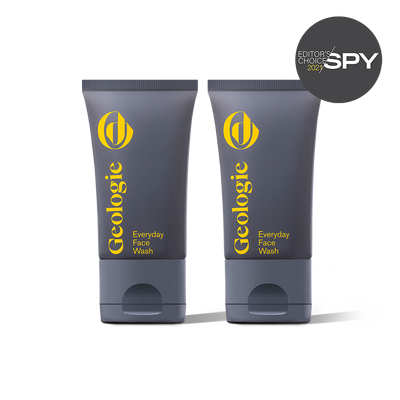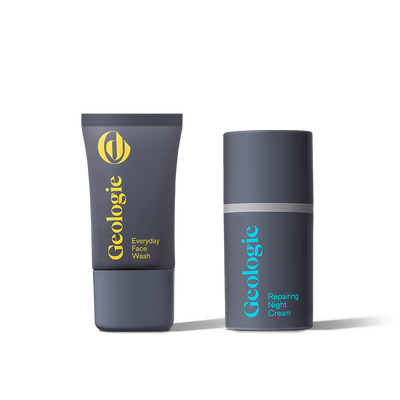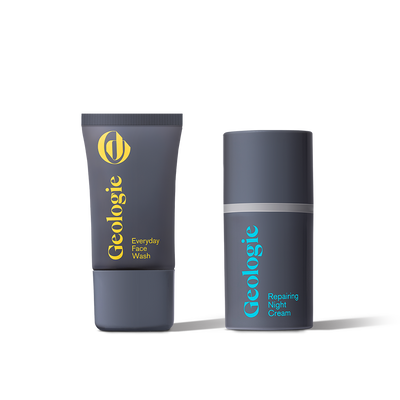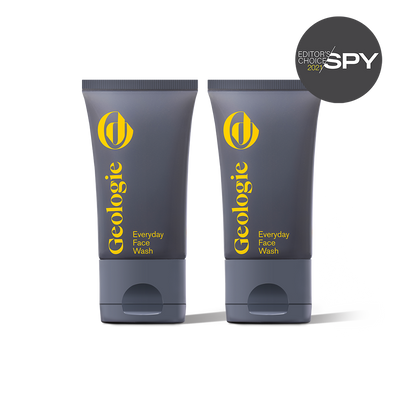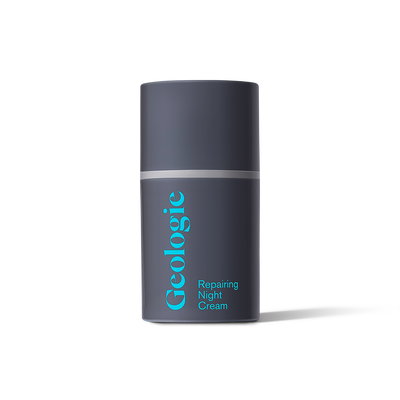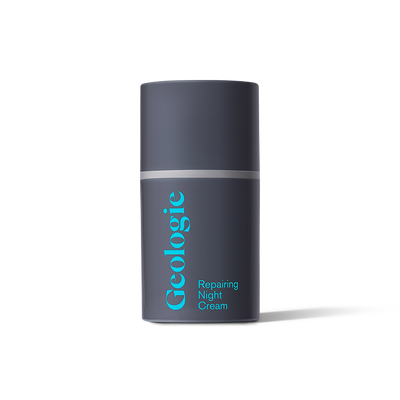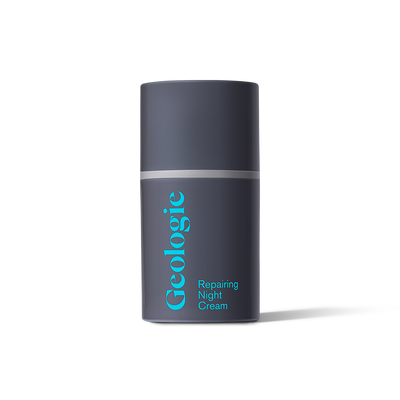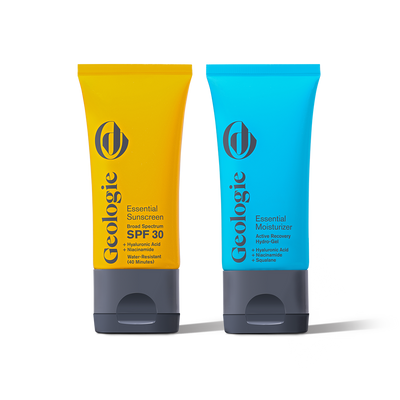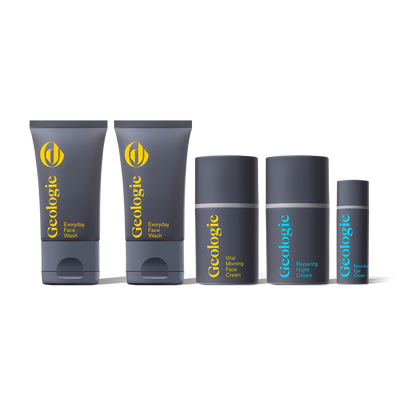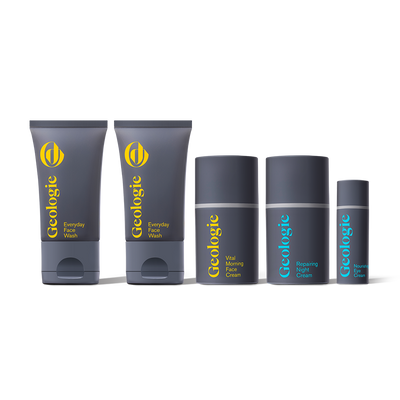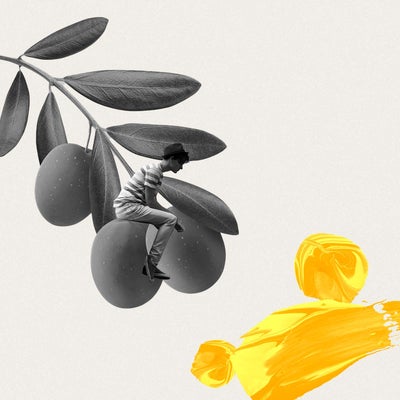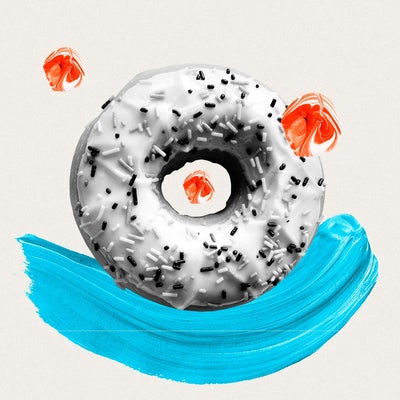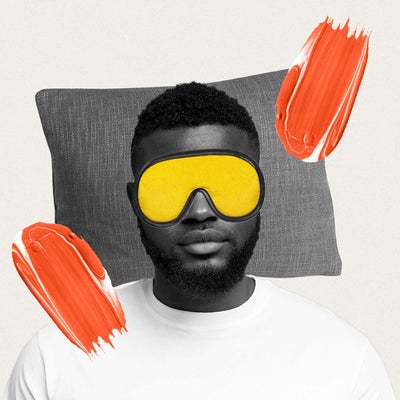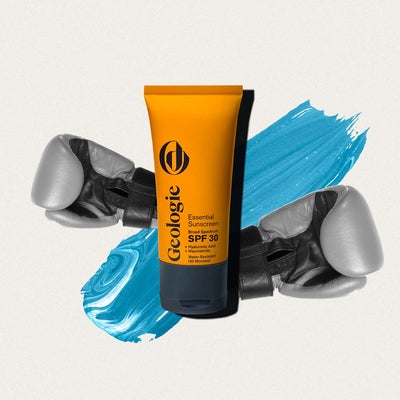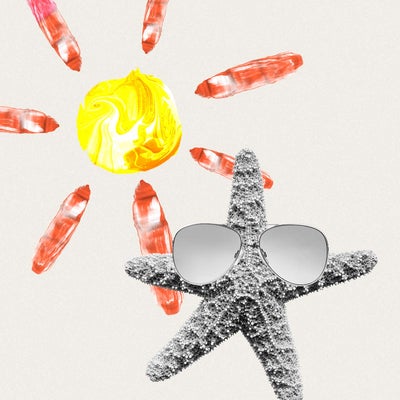
The 6 Types of Acne: A Cheat Sheet
Acne is among the worst parts of being a teenager — that and the fashion choices you make now that you'll one day be held accountable for. Thing is, pimples often continue to appear into your 20s, 30s, and even your 40s. It’s like the annoying dinner guest that won’t leave — for decades.
Acne’s origin story can be explained by an increase in testosterone during teenage years, a hormonal trigger that tells the sebaceous glands of the face, neck, chest or back to produce more sebum (oil). This oil mixes with bacteria and dead skin cells and hardens deep inside the pores, forming a plug.
Several different forms of acne result from this plug. Fortunately, they all respond to treatment that includes retinol and salicylic acid as found in our Essential 2-Step Acne Pack — with some caveats.
1) Whiteheads
When the oil and bacteria, alongside dirt and pollutants, get backed up below the skin’s surface, this little white swelling creates instant anxiety. Known as a "closed comedone” because the pore is closed and oil can’t escape, whiteheads are the most common form of acne that I see in patients, and I constantly remind guys: don’t pop them or you’ll risk scarring.

2) Blackheads
When the backed-up material stretches the duct and its opening and is exposed to air, a blackhead rears its ugly head. Known as “open comedones” because the head of the pore remains open while the rest of the pore is clogged, blackheads get their black color not from dirt but from the gland material being oxidized and the accumulation of pigment.
3) Papules
When mounting pressure of a whitehead or blackhead bursts the pore walls and spreads the oil and bacteria into the nearby tissues, a red, irritated swelling emerges, known as a papule, or pimple.
4) Pustules
At the site of a papule, the body’s immune system sends in white cells to attack the infection, creating pus, therefore a pustule, a yellowish fluid which, when popped, may cause the bacteria to spread — so do not pop.
5) Nodules
Nodular acne, a painful infection deep within the hair follicle caused by bacteria, expresses itself in solid flesh-colored or red bumps under the skin’s surface. Peels, topicals, and cleansers can help but because acne nodules exist at a deeper level they usually require a prescription-level oral systemic medicine like an antibiotic or even isotretinoin.
6) Cysts
Cystic acne is also the result of an infection deep within the skin. These large, red, and inflamed boil-like cysts are softer than nodules because they are pus-filled, which means they often burst and infect the surrounding skin. These deeper nodules of acne are most difficult to treat, and are the type of acne most likely to cause scarring, so you should see a dermatologist.
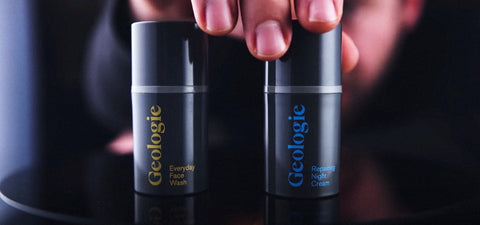
If you have questions about how to treat your acne — or just want to see a really cheesy mullet — read more at this blog post. Then reach out, we’re here to help.

